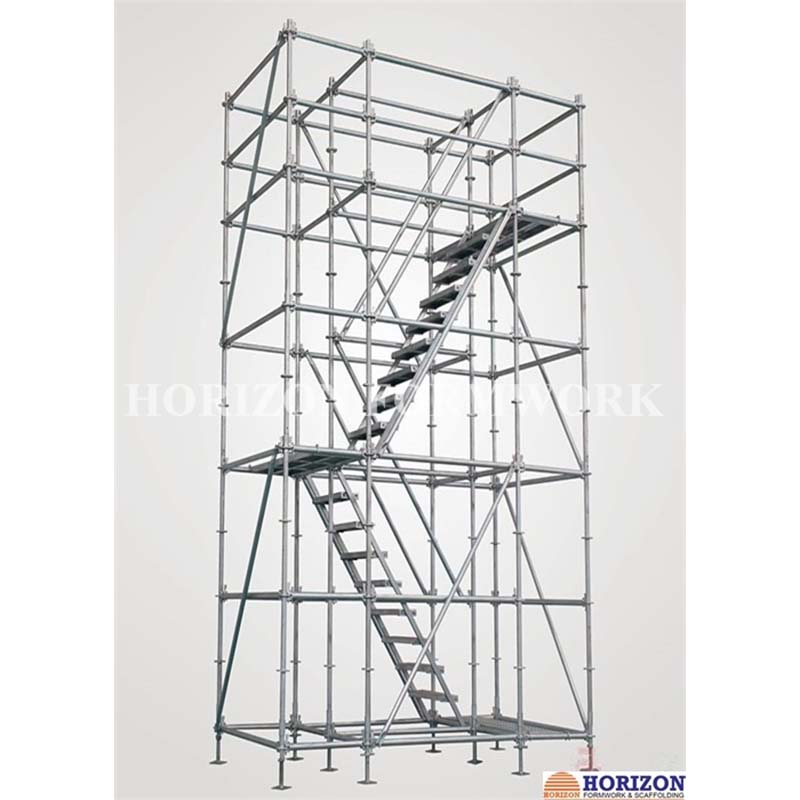Apr . 30, 2024 10:32 Back to list
10 Types of Scaffolding You Might Need for Your Building Project Scaffolding
Scafolding involves a complex framework that enables contractors to build and maintain structures securely.
In any construction project, it is important to use the right type of scaffolding to ensure that it is strong enough to support workers and their materials, and also to promote optimal safety.
If you have an upcoming project, knowing the different types of scaffolding can be beneficial not only for you but for the entire team.
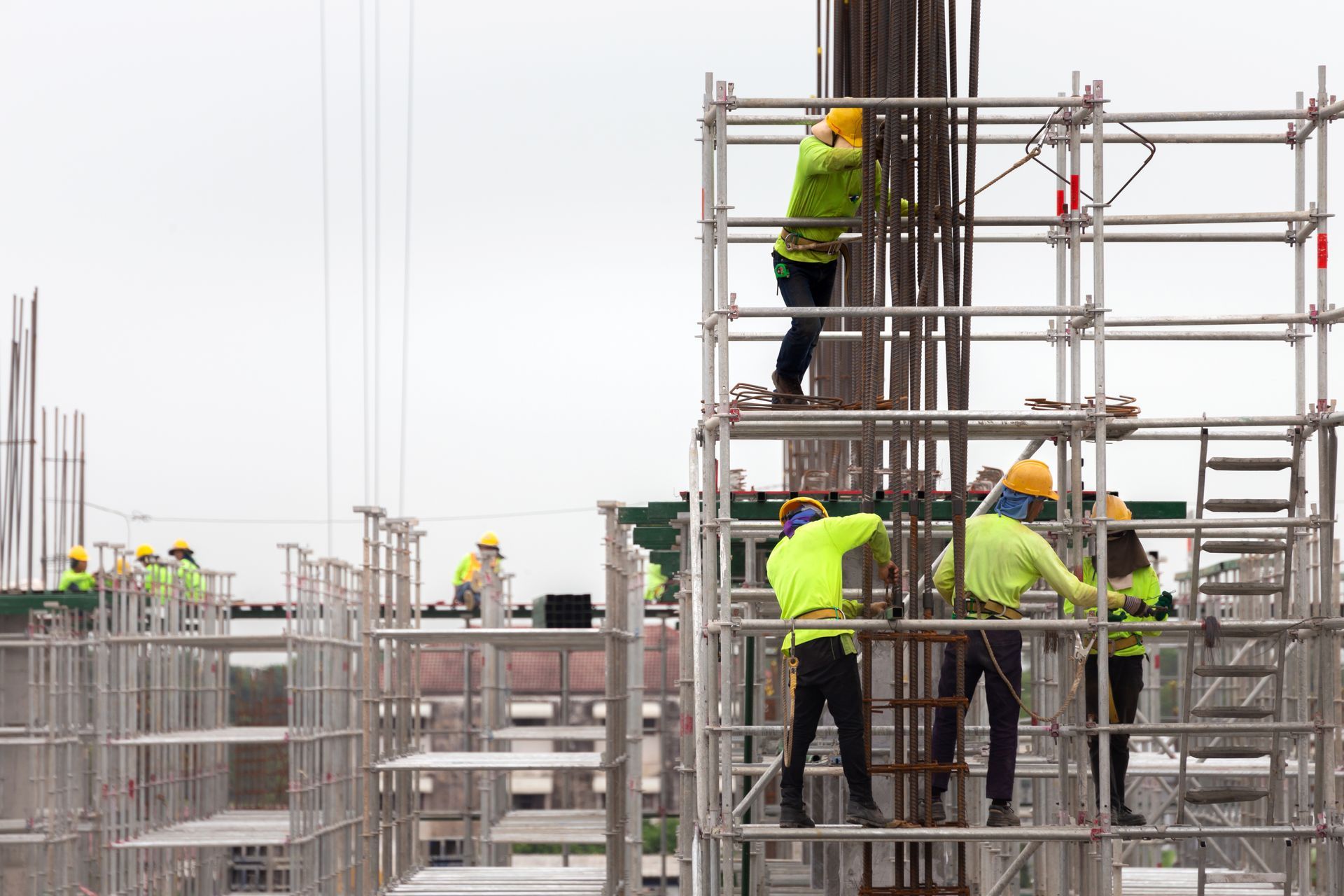
In this article, we will discuss what scaffolding is, the various types used in the construction industry, and which types of jobs often use scaffolding.
Ringlock Scaffolding System
What is Scaffolding?
Scaffolding is a temporary structure that is often used in various construction projects. Typically, scaffoldings are made using various construction materials such as wood, pipes, and steel tubes.
This temporary structure serves as a working platform for construction workers to move around the construction site safely while working at an elevated height.
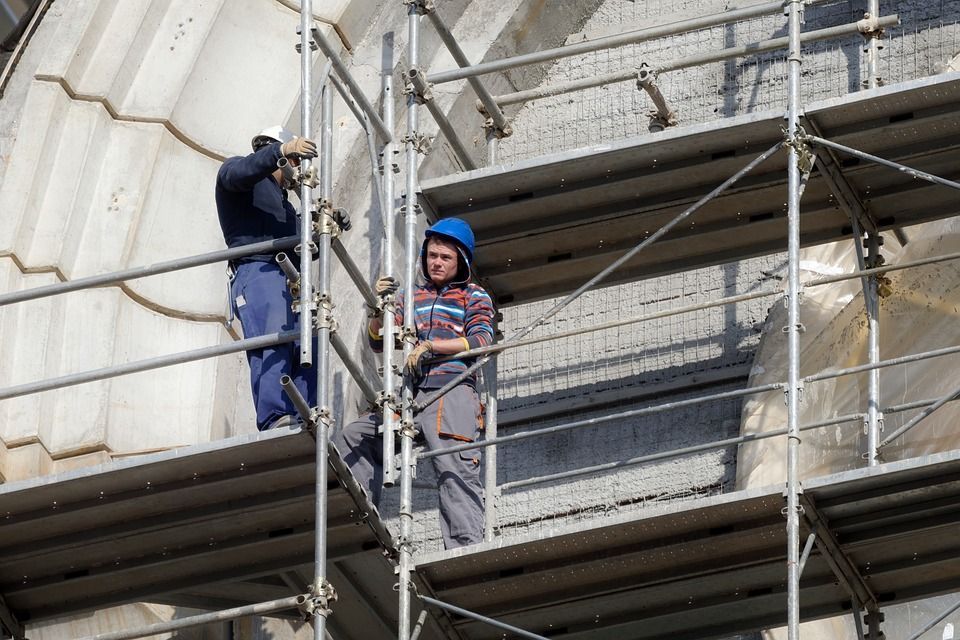
To ensure that they are sturdy, stable and strong enough to support the weight of construction workers and the materials placed upon them, most construction sites use scaffoldings that are made out of timber and steel. Most importantly, they must be erected by a qualified scaffolder to ensure site safety.
Types of Scaffolding Used in Construction
Scaffolding is a crucial component in construction. Depending on the particular requirements of a construction project, construction workers use several scaffoldings, each of which normally has its own distinct properties and advantages.
Here is a list of the different types of scaffolding together with their uses.
1. Single Scaffolding
Single scaffolding, often called as brick layer's scaffolding, is generally used for brick masonry. It consists primarily of the standards, ledgers, putlogs, and other scaffolding components.
- Standards refer to the vertical supports that are added to the single scaffolding system to stand in parallel to a building's wall. In order to stand firm, the distance between the standard and the wall should at least be 2 to 3 meters.
- Ledgers, on the other hand, refer to the vertical supports that are attached to the standards at a straight vertical angle. Ledgers connect the standards at 1.2 to 1.5 m vertical intervals.
- Putlogs are the openings in a building or other structure where the single scaffolding is connected for support. Basically, the putlog connects the ledger to the wall.
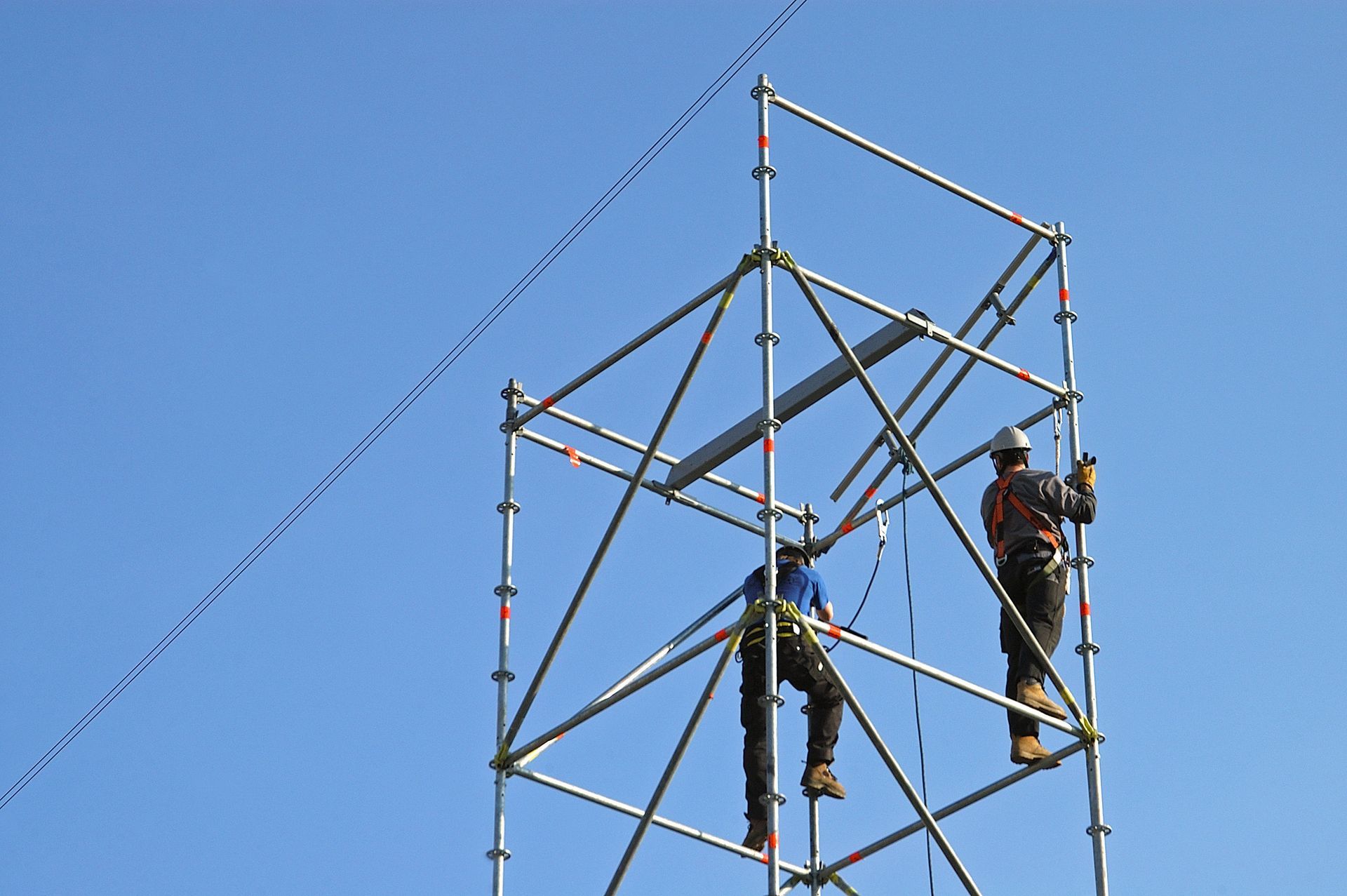
This scaffolding technique is derived from early brick masonry methods in which a log was "placed" through a hole in a building's wall. Putlogs or tubes with putlog adapters are used to tie a putlog scaffold directly into a structure's brickwork.
2. Double Scaffolding
Double scaffolding is a type of scaffolding that is primarily used in stone masonry. Since it is typically difficult to drill holes for putlog anchoring in stone walls, double scaffolding will serve as the entire support of the overall system.
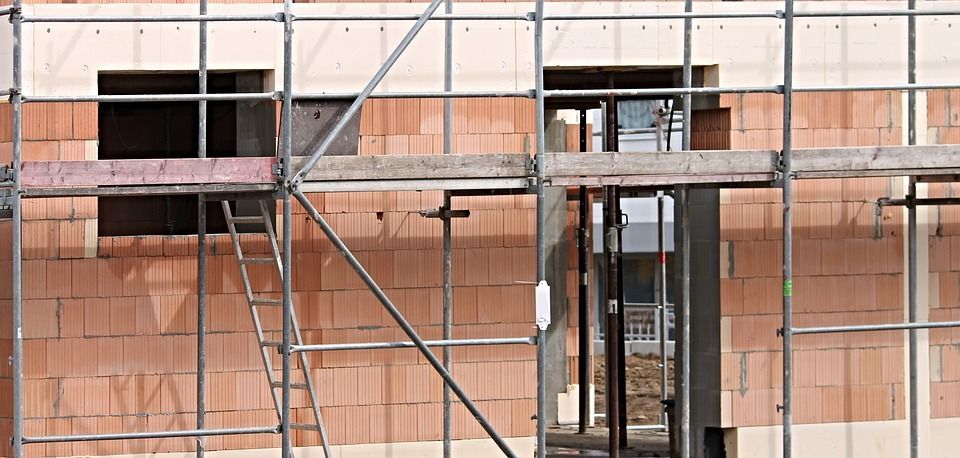
Basically, the first row of the double scaffolding is positioned parallel to the wall while the second row sits away from the first row. The frames are then supported by extra putlog holes, while the scaffolding itself is given extra support using rakers and cross braces.
Cross braces basically secure the different sections of the scaffolding in relation to any other structure, while rakers attach the scaffolding firmly to a building. This setup requires a certain amount of space, making it less suitable to use in urban areas.
3. Suspended Scaffolding
Suspended scaffolding is often used by maintenance workers who are assigned to clean, repair, or paint the interior of a building or structure.
In a suspended scaffolding, the working platform is suspended from the roofs with the use of chains and wire ropes that are either raised, lowered or arranged at a desired level.
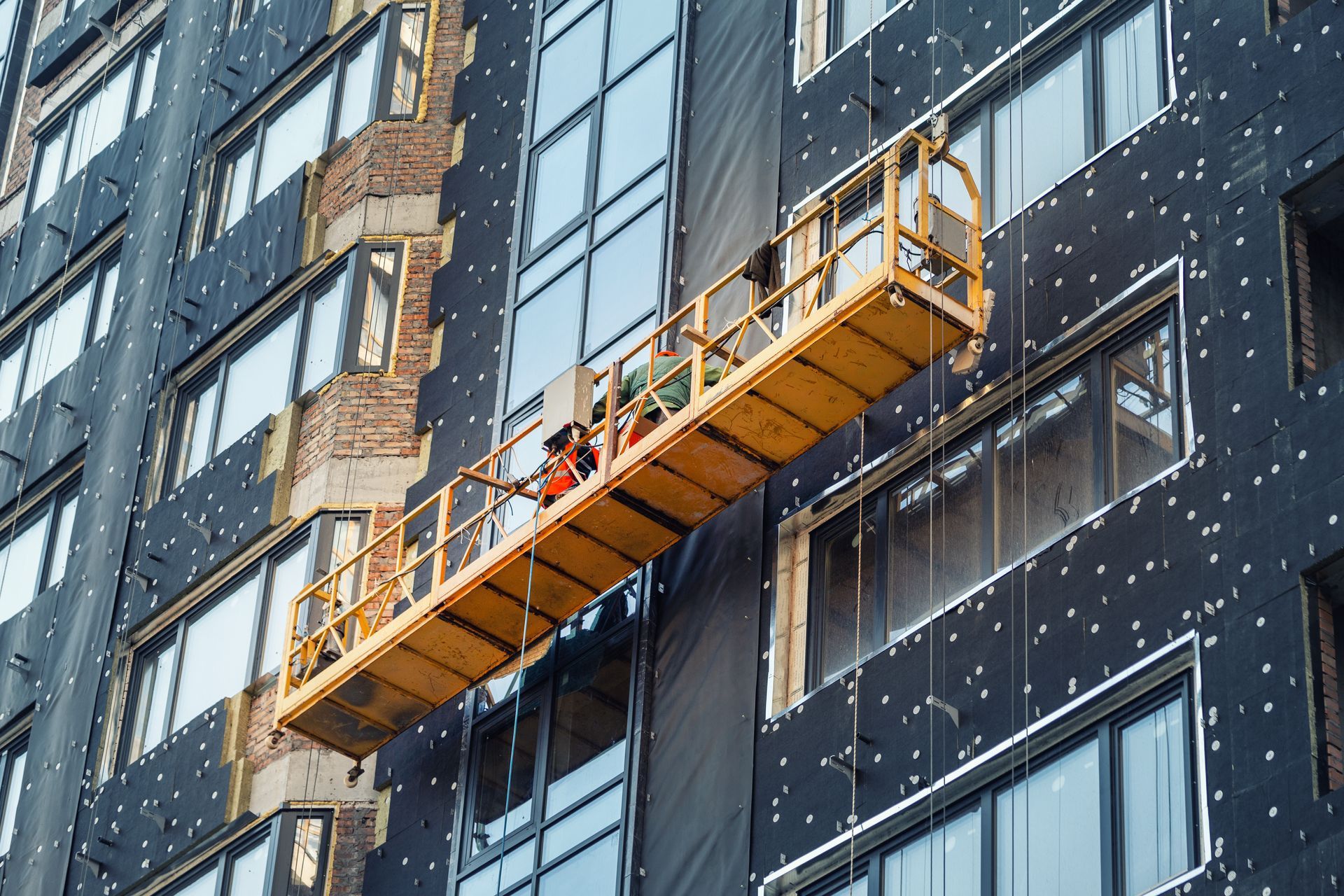
Suspended scaffolding actually has two types but the two-point adjustable suspension scaffolds, also known as swing-stage scaffolds are the most common type.
Operating a suspended scaffolding involves high risk. Thus, before using it, the scaffolder is required to hold a high risk work licence for advanced scaffolding.
4. Cantilever Scaffolding
Cantilever scaffolding, also sometimes called as a single frame, is a type of scaffold that is supported or attached just on one end, eliminating the need to install poles and frames in front of the structure.
In cantilever scaffolding, the standards are usually supported by a chain of needles that are drawn out of the holes in the wall.
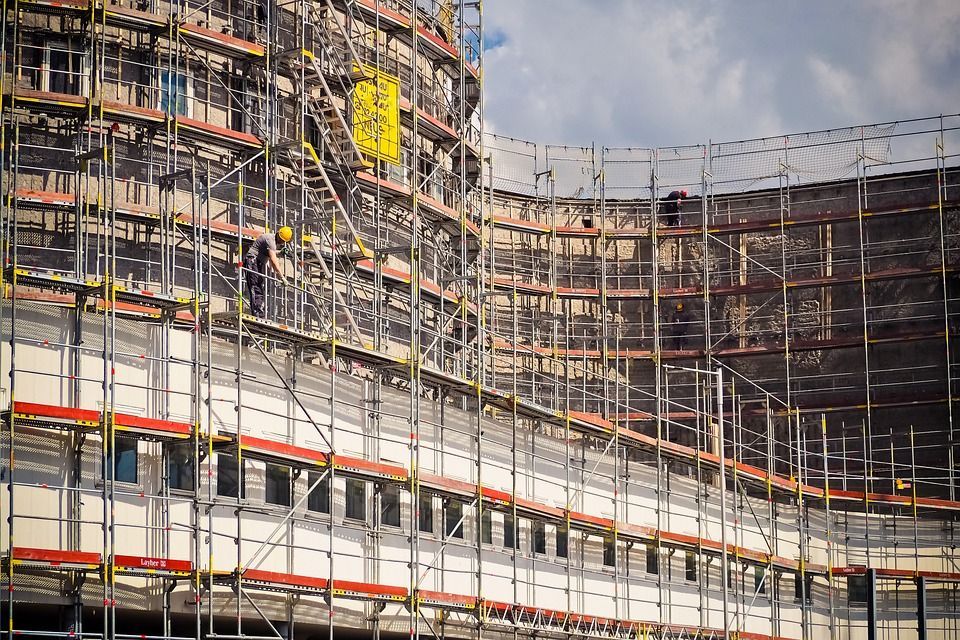
The construction of cantilever scaffolding should be done with caution. Hence, under the mentioned circumstances, the cantilever scaffolding should only be used when:
- the wall's upper portion is under construction
- there is no traffic and the earth ground is close to the wall
- the ground is incapable of supporting the standards
5. Trestle Scaffolding
In a trestle scaffolding, the working platform is supported by movable ladders and tripods instead of the usual standards.
Trestle scaffolding, such as the "A-frame" and "H-frame" types, are frequently used for general fit-outs, finishing works, repair works, as well as by bricklayers, plasterers, and painters.
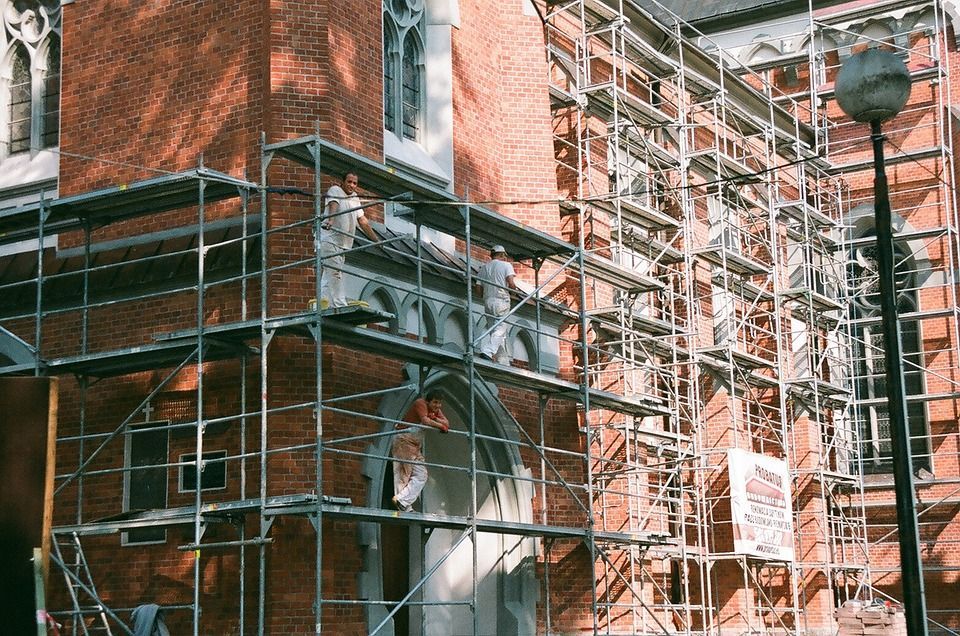
Specifically designed to fit only the indoors, a trestle scaffolding usually stands a limited height of 5 meters.
Aside from the aforementioned, trestle scaffolding is typically used for three major purposes:
- For furnishing - trestle scaffolding is used to build a desk or table
- Trestle scaffolding is used to produce a sturdy top board that workers can use as a work area.
- Trestle scaffolding is used to support small scaffolding construction for work access.
6. Steel Scaffolding
Steel scaffolding, as its name suggests, is basically made out of steel tubes. The steel tubes set and connect the other steel fittings and special couplings to support the overall steel scaffolding.
Steel scaffolding is widely used in most construction projects because it is stronger, more fire resistant, more durable and resilient than other scaffolding types.
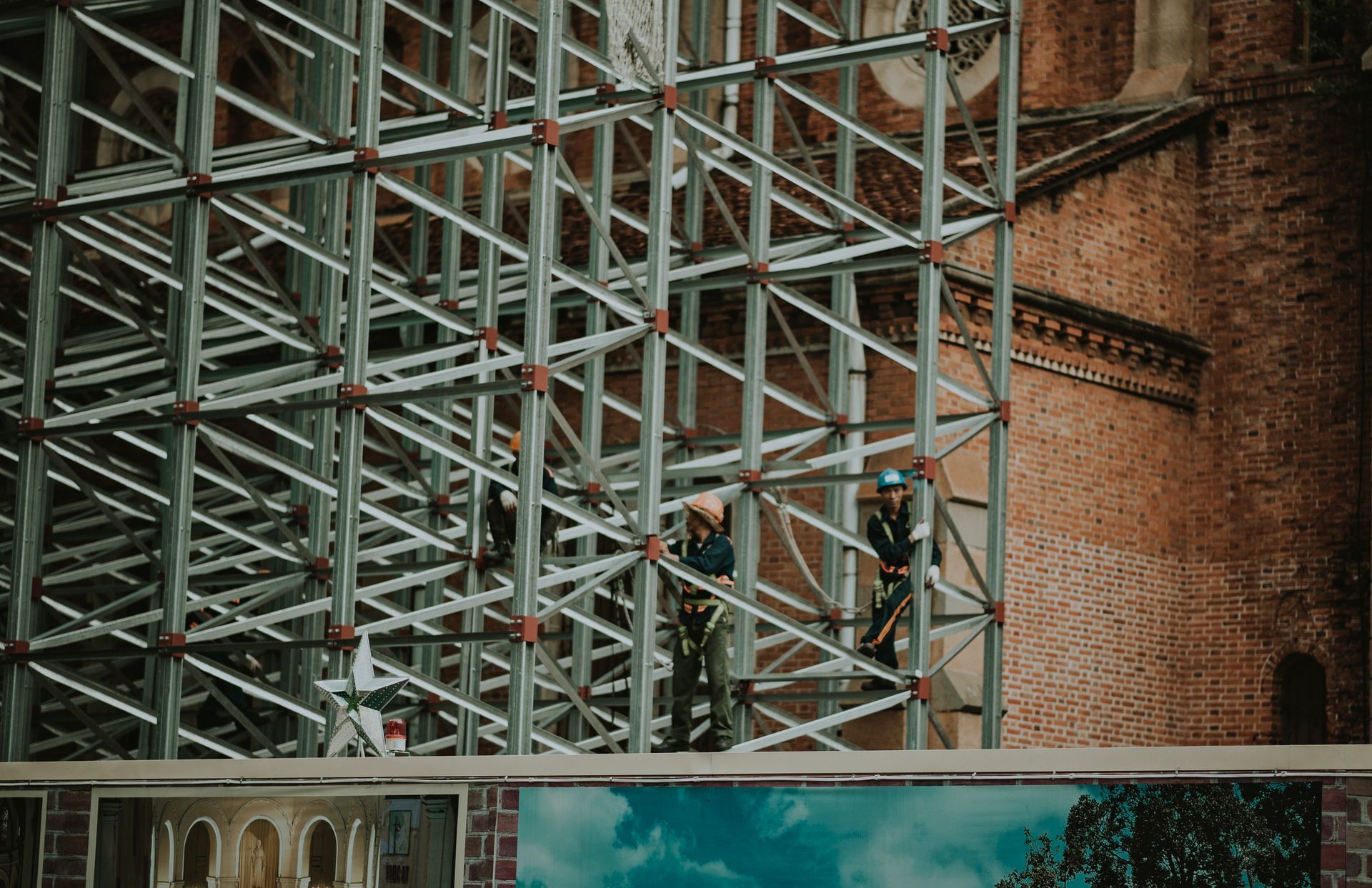
Although it is more expensive, it provides complete safety to construction workers, which is why it is also used in many building projects.
7. Patented Scaffolding
Patented scaffolding is a scaffolding type that is made of steel mixed with other construction materials such as special couplings, frames, and other components. Typically used for short-term repair works, this type of scaffolding is premade and offered for sale in the market.
In a patented scaffolding, the working platform is placed on brackets that may be adjusted to your desired level or height.
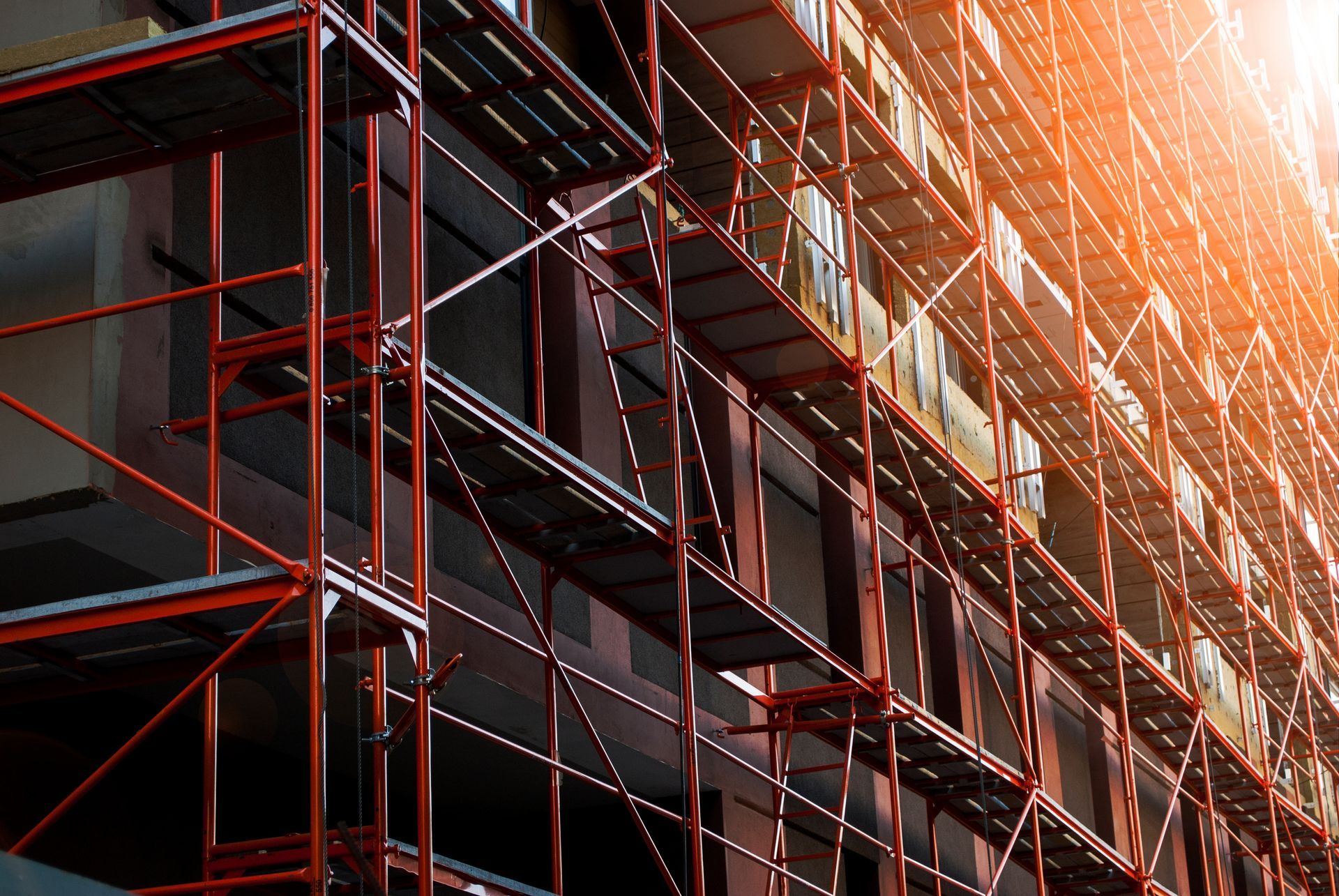
8. Bamboo Scaffolding
Before steel scaffolding and other modern materials were available, pre-cut wood or bamboo were the primary choices for constructing scaffolding. Due to its adaptability and accessibility, this type of scaffolding was frequently used in previous construction projects.
Wooden or bamboo scaffolding, valued for its sturdiness, adaptability, and environmental friendliness, has emerged as one of the most popular choices for construction scaffolding, particularly in Asia where bamboo is widely available.
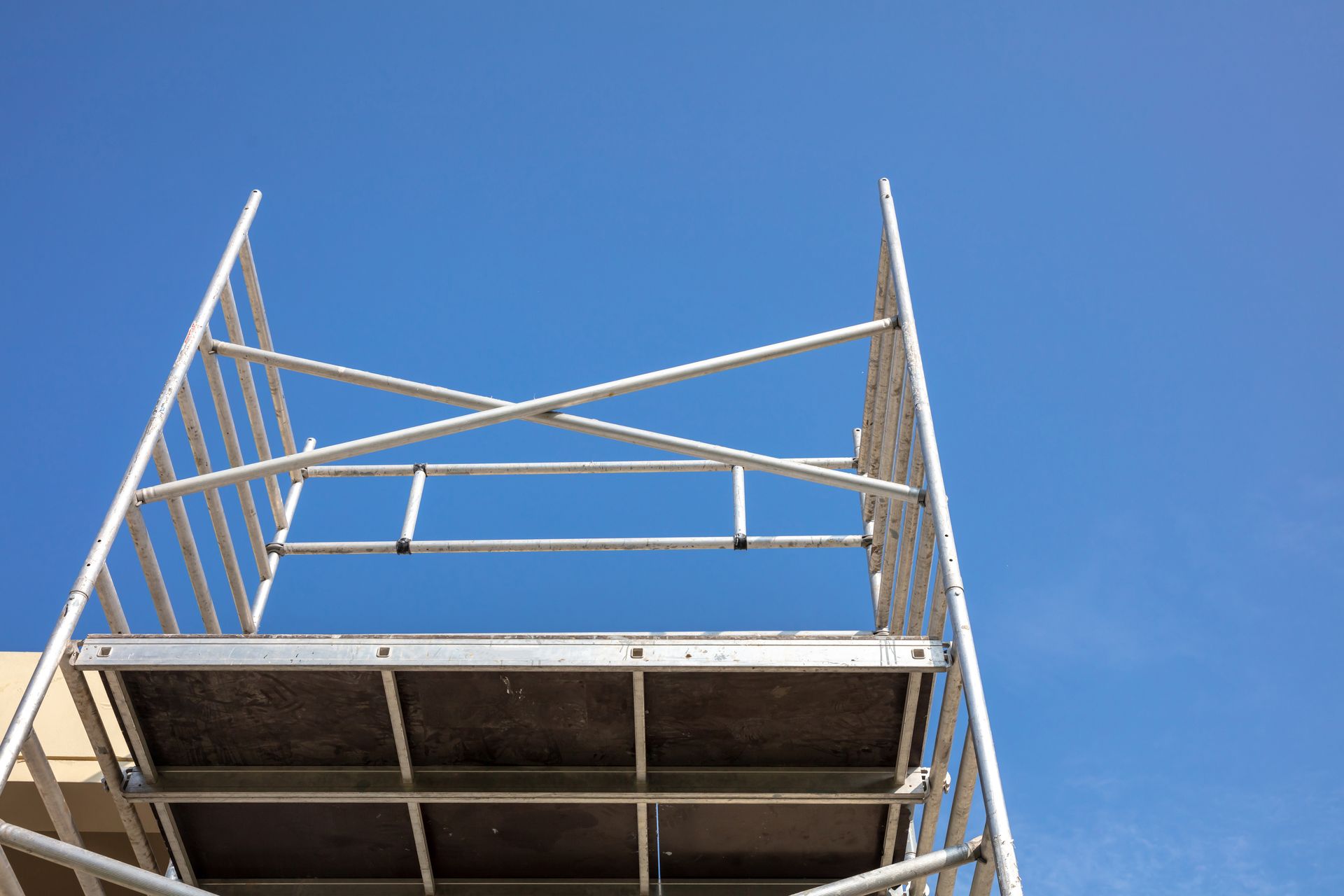
9. Kwikstage Scaffolding
George Roberts Kwikstage scaffolding is one of the most used scaffold system all over the world. With its multi purpose function, adaptability, and quick construction erection, kwikstage scaffolding can be used either for residential construction works or various industrial works.
This type of scaffolding is preferred by most UK and Australian designers because they are easy to build and they are reasonably versatile. Consisting only of five components required, Kwikstage scaffolding is easy to put together and take apart.
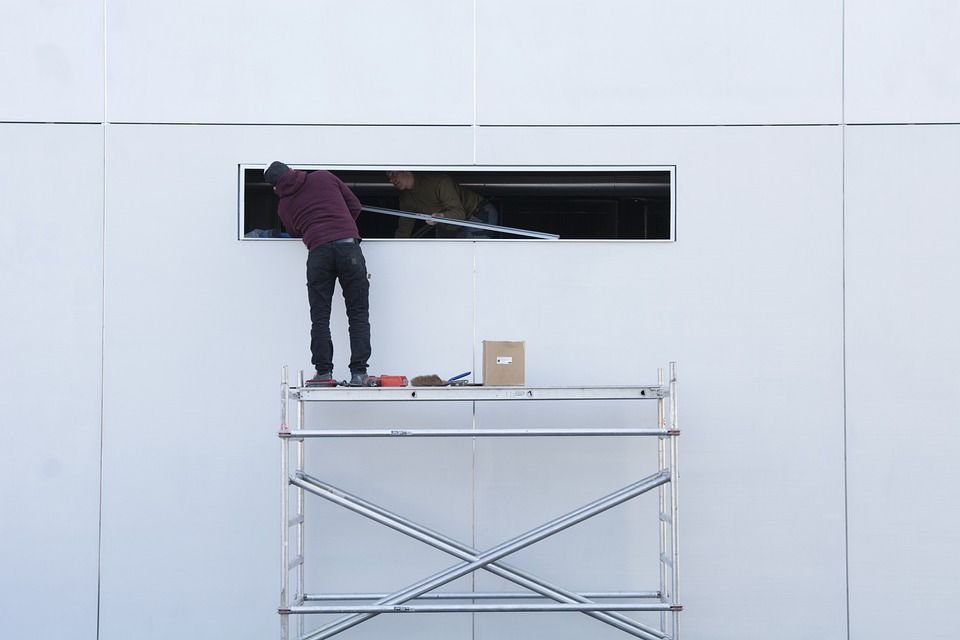
Not only that, but the patented Kwikstage modular system, which uses a strong and safe interlocking system, can be adjusted to any desired height.
In addition, they are also built with construction workers' safety in mind. To ensure that they are dependable and they can support construction workers, an increased inclusion of double guard rails and non-slip platforms are installed.
10. Independent Scaffolding
Independent scaffolding, among other types of scaffolding, works independently without needing the support of other components or systems.
It is a type of scaffolding where the scaffold structure is on both sides of the wall and stands upright on its own without any support coming from the wall at all.
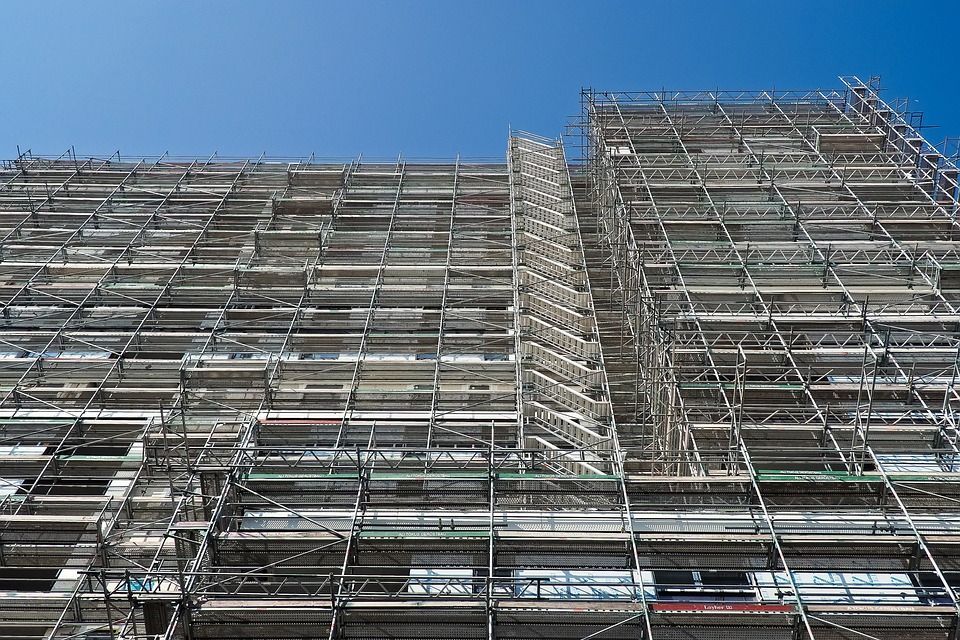
When using independent scaffolding, the scaffold structure is tied for security but does not rely on the building for support. In the case of dependent scaffolding, the building serves as the only source of support for the structure.
-
Timber Beam H20 for Agricultural Buildings
IroyinJul.21,2025
-
Tie Rod Concrete Formwork for Bridge Construction
IroyinJul.21,2025
-
Table Formwork for Slab Edge Protection
IroyinJul.21,2025
-
Load Calculations for Wall Formwork System
IroyinJul.21,2025
-
Concrete Column Form Work Systems Productivity Tips
IroyinJul.21,2025
-
Beam Slab Formwork for Ribbed Slabs
IroyinJul.21,2025
